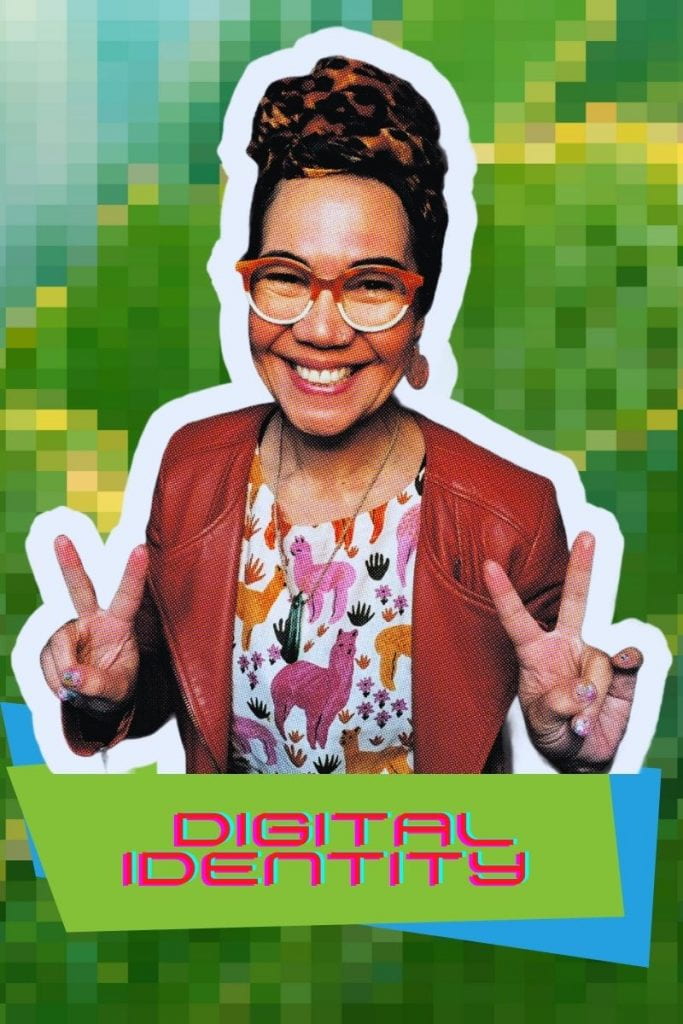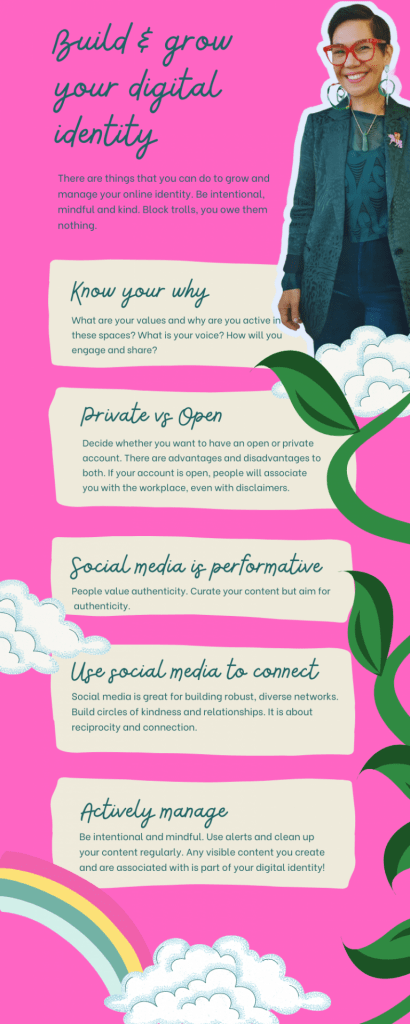Welcome back readers!
We are so happy to be back, and we’ve been viewing a lot of messages around New Year’s resolutions this year. The basic premise seems to be:
Take care of yourself, and don’t expect too much.
How can we do this when we are bombarded by online news and social media posts? Here are a few tips:
- Minimise distractions by turning off any notifications on your phone from news, sports and games feeds.
- Try using the ‘Do not disturb’ feature (for example, in Microsoft Teams) so that you can focus on things that really do require your attention.
- Emphasise quality rather than quantity when it comes to digital relationships. Only follow or connect with those who add value (happiness, or meaning) to your life.
- Use your screen-time settings to create boundaries around how long you want to be online – that way you can avoid the endless scrolling late at night when you’re tired and need to switch off.
- Schedule your screen time as a regular appointment so that you get into the habit of keeping to time. This will help you choose to look at what is important to you, while putting a time restriction on the scrolling!
- Use your online calendar to communicate your availability to colleagues at work, so they know when you can be interrupted. For example, Microsoft Outlook has a ‘Show As’ feature that depicts your time as ‘free’, ‘working elsewhere’, ‘tentative’, ‘busy’, or ‘out of office’. Make sure your team is familiar with the different indicators.
There are lots of other ways to take care of yourself when engaging with digital technologies. You could find a YouTube channel that plays focus music or ambient noise, which will help you to de-stress. You could Google yourself and tidy up your online profile and privacy settings to make sure your digital security is spot on.
Above all, remember to forgive yourself if you happen to get lost in a digital rabbit hole on Facebook or YouTube. You’re still an okay person! None of us is perfect, and we’re all coping with less-than-ideal circumstances at the moment.
In the meantime, are you enjoying the blog? Would you like to know more about one of our topics, or do you have ideas for different posts? Or perhaps you would like to write a post yourself?
Please drop us a line at digidexbloggroup@lists.caval.edu.au and we will send you our blog post template, which includes short guidelines on style, tone, length, and so on. We would love to make this year more about you, our readers, and we value all of your feedback.
Good luck to all, and remember to be kind to yourself! And in tricky moments always remember there is coffee coffee coffee ….
gif by Gilmore Girls @gilmoregirls https://media.giphy.com/media/3ohA2VFMnx7Fdd6SXu/giphy.gif



